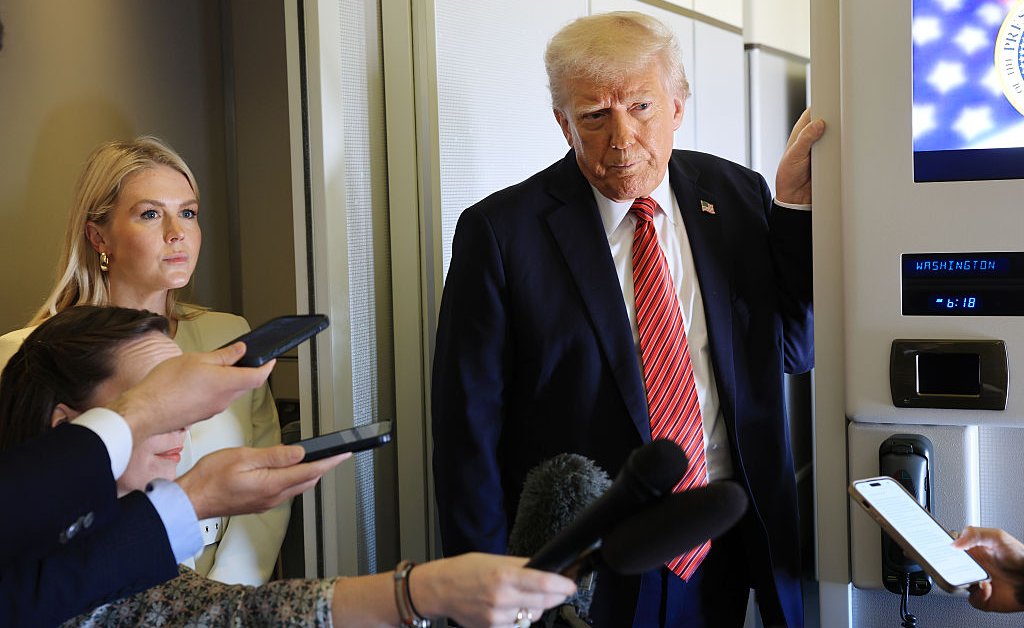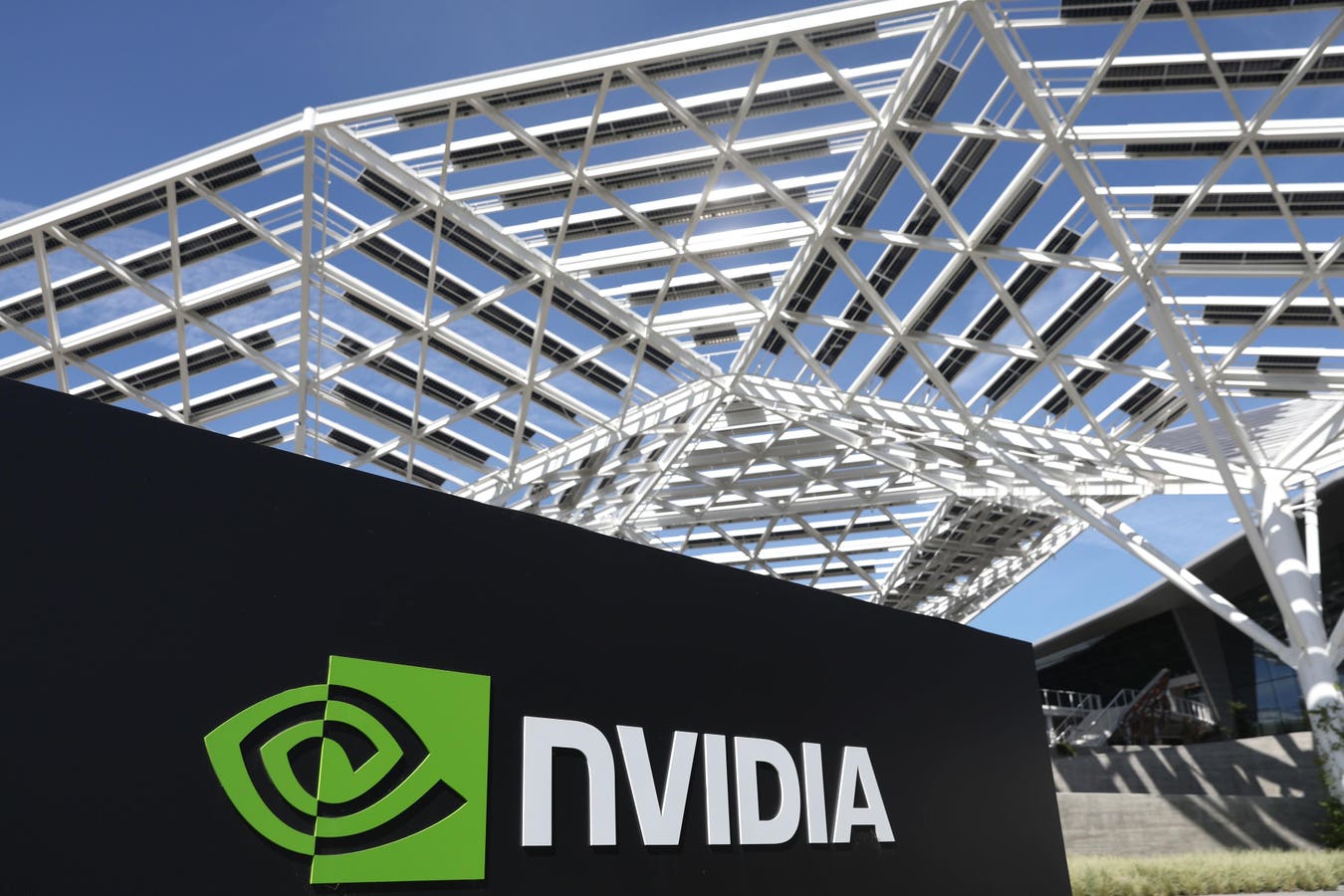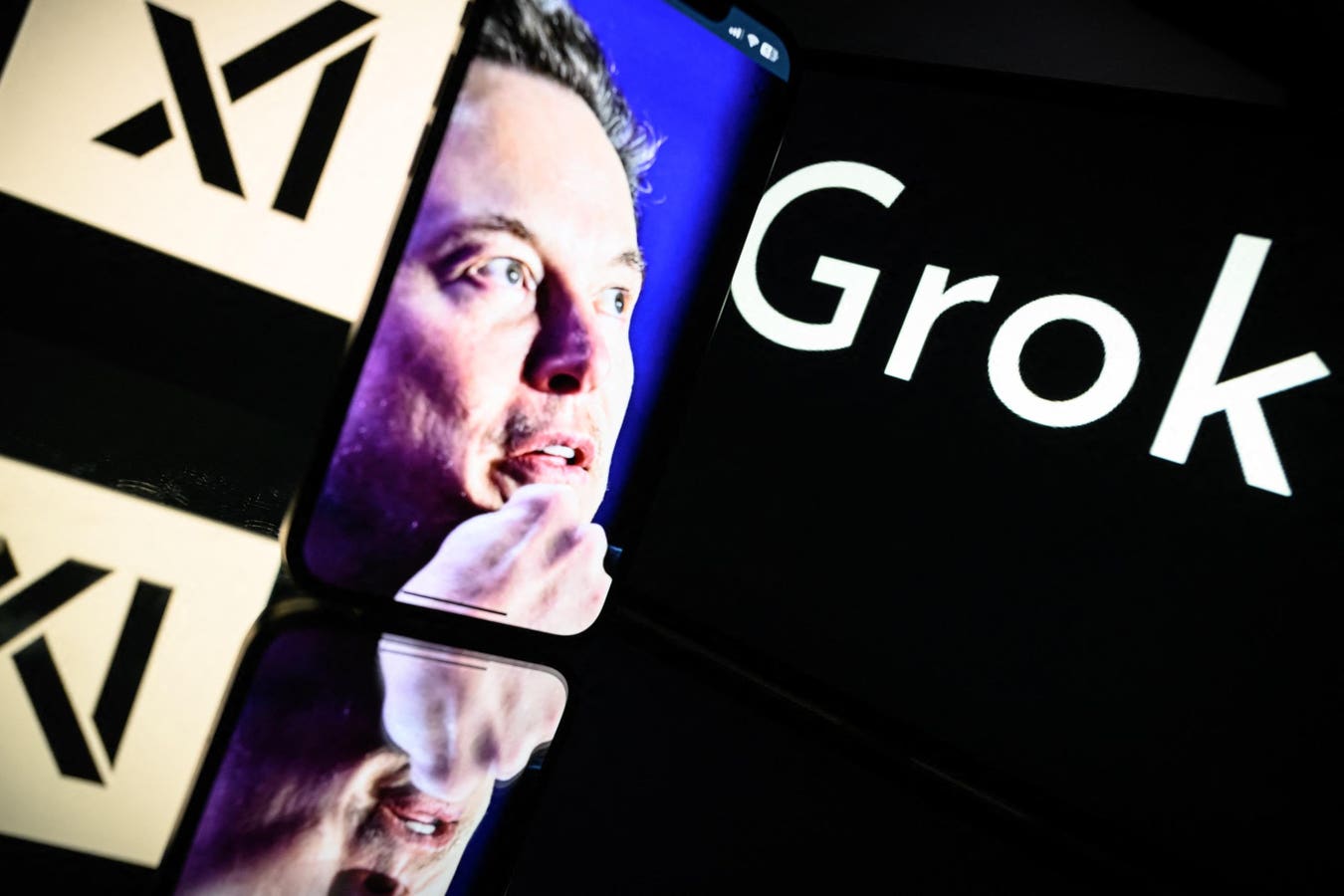Welcome back to In the Loop, TIME’s new twice-weekly newsletter about AI. We’re publishing these editions both as stories on Time.com and as emails. If you’re reading this in your browser, why not subscribe to have the next one delivered straight to your inbox?
Subscribe to In the Loop
What to Know: Economists Say AI is Harming the Labor Market for Young People
Warning signs — Is AI stealing jobs from early-career workers? A new report from the Stanford Digital Economy Lab finds that in the professions most exposed to AI automation, including software engineering and customer service, employment for 22- to 25-year-olds has declined significantly. The numbers back up mounting anecdotal evidence of college graduates in certain fields struggling to find jobs—and serve as “canaries in the coal mine,” the report’s authors write, warning of the potentially destabilizing effects that AI could have on the labor market going forward.
The Stanford paper, which was published today, draws upon data from ADP, the largest payroll software provider in the United States, which tracks millions of workers across tens of thousands of firms. While other previous studies have been narrower in scope, this is the “largest scale, most real-time effort” to quantify AI’s impact on labor markets so far, co-author Erik Brynjolfsson, an award-winning economist and the director of the Stanford Digital Economy Lab, tells TIME.

Diverging paths — The data shows that since late 2022—when OpenAI’s ChatGPT stormed to the mainstream—overall employment has grown robustly. But early career workers in the most AI-exposed occupations—like software engineering, marketing, and customer service—have experienced a 16% relative decline in employment, even after controlling for firm-level impacts.
In contrast, workers in more hands-on professions, including health aides, maintenance workers, and taxi drivers, have seen employment hold steady or actually grow. “It was really striking to see such a sharp effect for certain categories and not others,” Brynjolfsson says.
Brynjolfsson refrained from directly saying that AI was definitely causing unemployment. But he says that he and his researchers were able to rule out other hypotheses, including that the changes were being driven by COVID-19-induced remote work, for example, or changes in education. “Our findings are consistent with the hypothesis that AI is having this effect [on the labor market], especially for entry-level workers,” says co-author Bharat Chandar.
A path forward — Stanford’s report isn’t all doom and gloom. The ADP data shows that the employment rates of older workers in high AI-exposure fields are holding strong. For workers aged 30 and over, for example, employment in the highest AI-exposure categories grew between 6-12% from late 2022 to May 2025. This could suggest that older workers have tacit knowledge that AIs struggle to replicate—or they have more power in their organizational structures and are therefore harder to fire.
The researchers also found that employment is growing in professions where AI is used to augment workers rather than automate their tasks. For instance, workers who use AI to learn about topics or validate their work once completed seem less susceptible to being replaced than those who are asked to delegate entire tasks to AI.
For Brynjolfsson, this is a sign that AI, if deployed shrewdly, could lead to positive economic results. “I think it’s fair to say that technology has always been destroying jobs and always been creating jobs,” he says. “If we want to create not just higher productivity, but widely shared prosperity, using AI to augment and not just automate work is a good direction to go.”
AI in Action
Brynjolfsson and Chandar say they used AI throughout the process of writing their aforementioned paper: to write code in order to process and clean the ADP data; to provide references with which they could check their claims; and “help with some of the writing,” Chandar says.
They also used AI to create and edit the visual graphs in the paper. “Every time we made a graph, I or another reader would have a suggestion, “What if you did this way?’ Brynjolfsson says. “In the olden days, that would have been a real pain. But with AI, you do it a lot faster.”
He added: “One of the reasons we’re able to do this paper quite quickly and efficiently is because we were ourselves using AI. This was definitely an augmentative use of it.”

Who to Know: Josh Vlasto
Persuasion tactics — In 2024, the crypto industry made a big bet: That by dumping over $100 million into congressional races and putting maximum pressure on candidates to support crypto, they could spark industry-friendly legislation. The strategy proved wildly successful: many of their favored candidates won, and the crypto-friendly bills have advanced through Congress this year.
Now, several key figures in that movement are running similar playbooks in AI. They include Chris Lehane, who now runs global policy at OpenAI, and the political strategist Vlasto. Vlasto is a leader at Fairshake, the crypto super PAC at the center of the industry’s political push. He is now co-leading Leading the Future, an analogous AI super PAC.
AI tug of war — Leading the Future will “support candidates aligned with the pro-AI agenda” and “oppose policies that stifle innovation,” reads a statement that Vlasto sent to TIME. The organization already has $100 million in initial funding, from backers including Andreessen Horowitz—a major backer of Fairshake—and OpenAI president Greg Brockman.
Many crypto critics viewed Fairshake’s political operation as a perfect example of regulatory capture post-Citizens United: in which a small minority with a huge financial stake in a fringe tech turned it into a legislative priority. But their efforts were undeniably successful—and now, AI has the money and the expertise to try to pass favorable rules. Across the states, many legislative efforts are underway to rein in AI companies and mitigate AI’s harms. Vlasto and his colleagues will no doubt try to use their massive war chest and political savvy to counter their efforts.
What We’re Reading
“Citizen Is Using AI to Generate Crime Alerts With No Human Review. It’s Making a Lot of Mistakes,” by Joseph Cox, 404 Media
Many Americans use the app Citizen to track crime in their area. But the app recently fired more than a dozen employees and has been turning to AI to write alerts—which has led to factual inaccuracies and the exposure of sensitive data like names and license plates, Cox writes. “AI sometimes just gets stuff horribly wrong and you scratch your head wondering how it got there,” a source told Cox.








